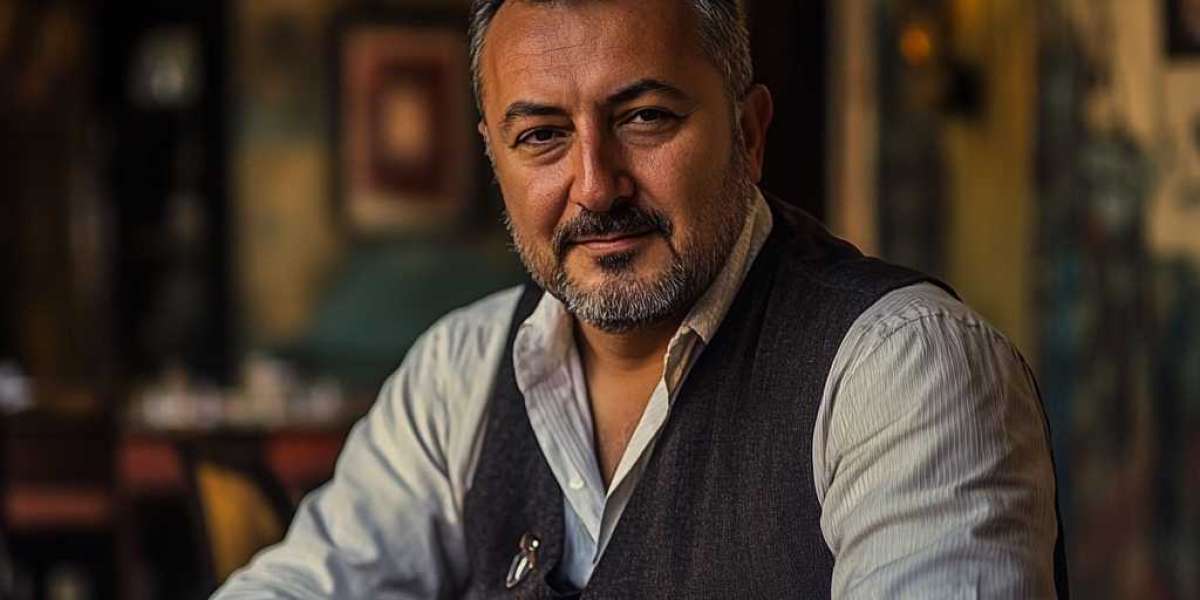Hair loss can significantly impact one's self-esteem and confidence. The FUT hair transplant offers a proven solution for those seeking a lasting remedy. This surgical technique has been instrumental in restoring hairlines and rejuvenating appearances for countless individuals.
Understanding FUT Hair Transplant
A strip of scalp is extracted from the donor area, usually the back of the head, where hair growth is strong, to perform a FUT hair transplant. After being divided into separate follicular units, this strip is subsequently transplanted to areas where hair loss occurs. Unlike other methods, FUT allows for transplanting many grafts in a single session, making it ideal for extensive hair loss cases.
The FUT Procedure: Step-by-Step
Consultation and Planning
You must first consult a qualified hair restoration specialist to determine if you're a good candidate for a FUT hair transplant. During the talk, the surgeon will consider your hair density to determine if you have sufficient donor hair for the desired results. Scalp laxity (the flexibility of your scalp) is also assessed, as a more relaxed scalp makes it easier to remove the donor strip. Additionally, your overall health ensures that your body can handle the procedure and recovery.
Anesthesia Administration
Local anaesthesia is applied to the scalp to ensure the procedure is painless. This numbs the area of the donor spot (usually the back or sides of the head) and the recipient site (the balding areas). Local anaesthesia ensures the patient is comfortable throughout the procedure and prevents pain during hair extraction and implantation.
Donor Strip Removal
Once the anaesthesia takes effect, the surgeon begins the donor strip removal. A small, carefully measured section of the scalp is excised from the donor area, typically located at the back of the head where hair is naturally denser. The strip is usually about 1–1.5 cm wide, depending on how many grafts are needed. This step requires precision to minimize tissue damage and to ensure the scar left after the procedure is as small and discreet as possible. The excised strip is then transported to the graft preparation area, which will be prepared for implantation.
Graft Preparation
After removing the donor strip, it is placed under a high-powered microscope. The surgical team meticulously dissects the strip into individual follicular units (hair grafts), each containing one to four hairs. This step is crucial because each follicular unit must be preserved as carefully as possible to maintain the health of the hair follicles. This process is delicate and requires extreme precision to avoid damaging the follicles, which could affect the success rate of the transplant.
Recipient Site Creation
Once the grafts are ready, the surgeon will proceed to the recipient site creation. Tiny incisions are made using a fine needle or scalpel in the balding or thinning areas of the scalp. The incisions' direction, angle, and depth are designed to mimic the hair's natural growth pattern. The number of incisions depends on the number of grafts being implanted, and the surgeon will carefully plan each incision to avoid creating a sparse or unnatural appearance.
Graft Implantation
After the recipient sites are prepared, the surgeon moves on to graft implantation. The individual follicular units are delicately implanted into the prepared sites using specialised forceps. Each graft is placed in a way that follows the natural angle and direction of the patient’s existing hair. This step is critical for ensuring the transplanted hair grows realistically and aesthetically pleasing. The surgeon will work methodically to fill the recipient area with as many grafts as necessary to achieve the desired density and coverage. This process can take several hours, depending on the number of transplanted grafts.
Closure
After all the grafts are implanted, the surgeon will close the donor area using advanced suturing techniques that minimize scarring and support quicker healing. The incision in the donor area is usually stitched up so that it’s well-hidden under natural hair growth, even if the patient has short hair. In some cases, dissolvable sutures may reduce the need for follow-up visits to remove stitches. After the procedure, the scalp may be bandaged to protect it from external trauma during the initial healing phase.
Advantages of FUT Hair Transplant
- High Graft Yield: Allows the transplant of many grafts in one session.
- Cost-Effective: Generally more affordable than other hair transplant methods due to the volume of grafts transplanted.
- Natural Results: When skilled surgeons perform, the FUT hair transplant yields natural-looking hairlines and density.
- Permanent Solution: The transplanted hair is immune to the hormone DHT, ensuring lasting and permanent results.
Considerations and Potential Drawbacks
While the FUT hair transplant provides many advantages, it's essential to keep in mind specific considerations:
- Linear Scar: Longer hair can easily cover up the unbent scar the procedure leaves at the donor site.
- Longer Recovery: FUT may require a slightly extended recovery period compared to other methods.
- Not Ideal for Short Hairstyles: Those preferring short hairstyles might find the scar more noticeable.
Post-Procedure Care and Recovery
After a FUT hair transplant, patients can expect:
- Initial Healing: Mild swelling and discomfort, manageable with prescribed medications.
- Scab Formation: Scabs may form around the transplanted grafts, typically resolving within a week.
- Hair Shedding: Transplanted hair may be shed within the first month, which is a regular process.
- New Growth: Noticeable hair growth usually begins around three to four months post-procedure, with full results evident by 12 months.
Long-Term Results and Maintenance
The FUT hair transplant offers permanent results. The transplanted hair maintains its growth pattern and resistance to hair loss factors. Regular hair care and periodic consultations ensure the longevity and health of the transplanted hair.
Conclusion
FUT hair transplant is a time-tested and effective option. Its ability to restore hair density and natural appearance has transformed countless lives. Dr. John Kahen and his team at our clinic are dedicated to delivering exceptional results, combining expertise with personalized care. Start your journey to a more confident you and a fuller head of hair with a consultation at Beverly Hills Hair Restoration.







